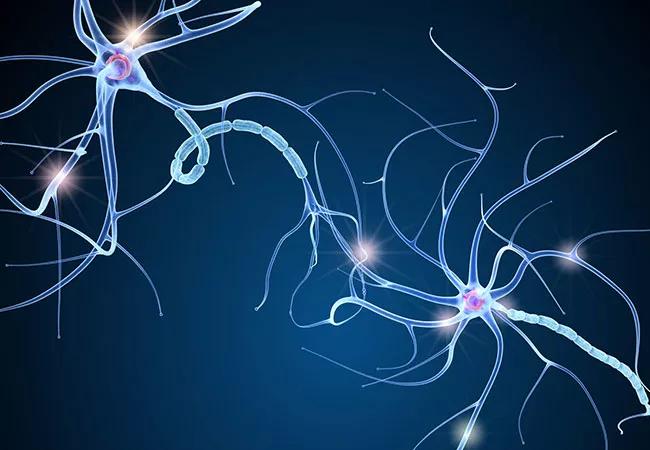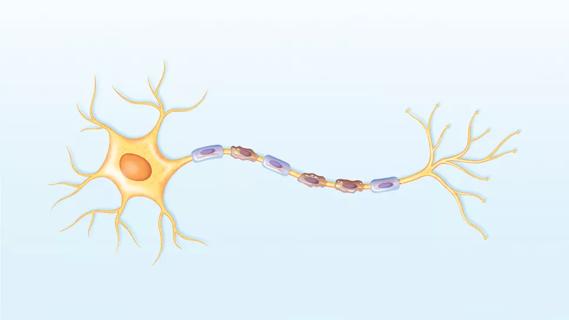Model of viral encephalomyelitis shows links with CNS recovery from inflammation and damage

New research on the brain and spinal cord immunoreceptor TREM2 has highlighted a key mechanism behind diseases associated with demyelination.
Advertisement
Cleveland Clinic is a non-profit academic medical center. Advertising on our site helps support our mission. We do not endorse non-Cleveland Clinic products or services. Policy
The findings, published by a Cleveland Clinic research team in the Journal of Neuroinflammation (2022;19:267), demonstrated that a reduced chance of remission in a virus-induced model of demyelinating disease is associated with a buildup of debris from demyelination, not how the body responds to the virus.
When myelin is damaged in neurodegenerative diseases such as multiple sclerosis, the body naturally removes myelin debris to make room for repair or regeneration. The researchers discovered that after the TREM2 protein is knocked out, the process becomes dysregulated and debris begins to build up.
If the damaged myelin is not cleared and recycled, the body ultimately cannot repair itself and recover from the virus, says the study’s corresponding author, Cornelia Bergmann, PhD, of the Department of Neurosciences in Cleveland Clinic Lerner Research Institute. This could lead to continuation of symptoms and a lower chance of remission for patients affected by viruses that cause demyelination.
The Bergmann lab studies immune response to viruses in the central nervous system. The current study focused on demyelination as a consequence of viral encephalomyelitis. The researchers found that buildup of myelin debris in a viral encephalomyelitis model was due to defective phagocytosis, the process through which cells ingest, degrade and recycle damaged or dead cells, particles and abnormally accumulated cellular components.
The study further revealed that cells lacking TREM2 also abnormally express several other genes regulating phagocytic pathways and lipid metabolism.
Advertisement
Dr. Bergmann compares the breakdown in the process to someone failing to empty a recycle bin: if the recyclables in the bin don’t get taken somewhere to go through the recycling process, the bin fills and trash accumulates elsewhere.
The mechanisms in response and recovery from viral encephalomyelitis can provide insight on other demyelinating diseases, the researchers believe.
TREM2 dysfunction has already been associated with worse outcomes in nonviral models of demyelination and neurodegenerative diseases, including Alzheimer’s disease. Targeting the harmful cellular component buildup could help treat a number of demyelinating diseases such as multiple sclerosis, as well as other neurodegenerative diseases.
“Now we need to specify which components of this pathway are vital for clearing out the myelin debris — whether it’s only the absence of TREM2 specifically causing reduced removal of debris, or the dysregulation of the other sensors and molecules affected by TREM2 deficiency,” Dr. Bergmann says.
Further basic research on this pathway would reveal any potential areas for clinical intervention, she adds.
Advertisement
Advertisement

GFAP elevation may signal increased risk of progressive regional atrophy, cognitive decline

Diagnosis and treatment of MOG antibody-associated disease

Will enable sharper focus on new diagnostic tools for elusive neurodegenerative disease

Novel insights from a postmortem study combining imaging, pathology and clinical perspectives

A principal investigator of the landmark longitudinal study shares interesting observations to date

Modest research progress to date can still be turned into meaningful patient gains

MRI classifier identifies a subset of patients with disease marked by cortical atrophy, not demyelination

Early experience with the agents confirms findings from clinical trials